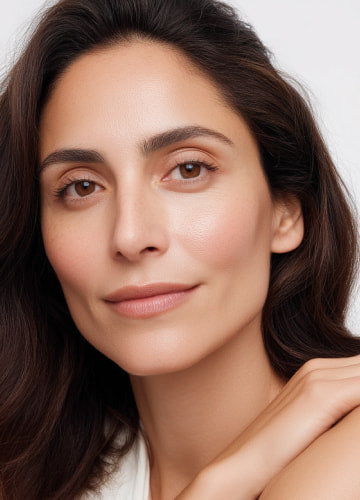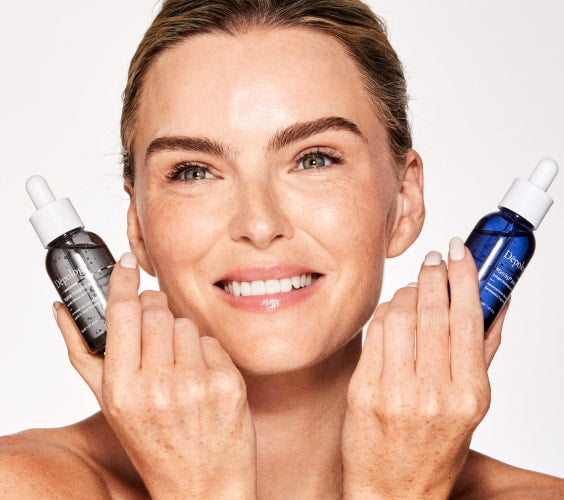

Read more

Is Rice Water Good for Your Skin? Debunking Tiktok Trend
Rice water continues to captivate skincare enthusiasts for its myriad of benefits. From its ability to brighten and even out skin tone to its soothing and hydrating properties, rice water stands as...
Read more
How To Get Rid Of Jowls And Saggy Chin Skin? Treatments and Solutions
Jowls and double chins, those unwelcome companions of mature aging and lifestyle factors, can be a source of self-consciousness for many. However, with advances in skincare, exercises, and medical ...
Read more










